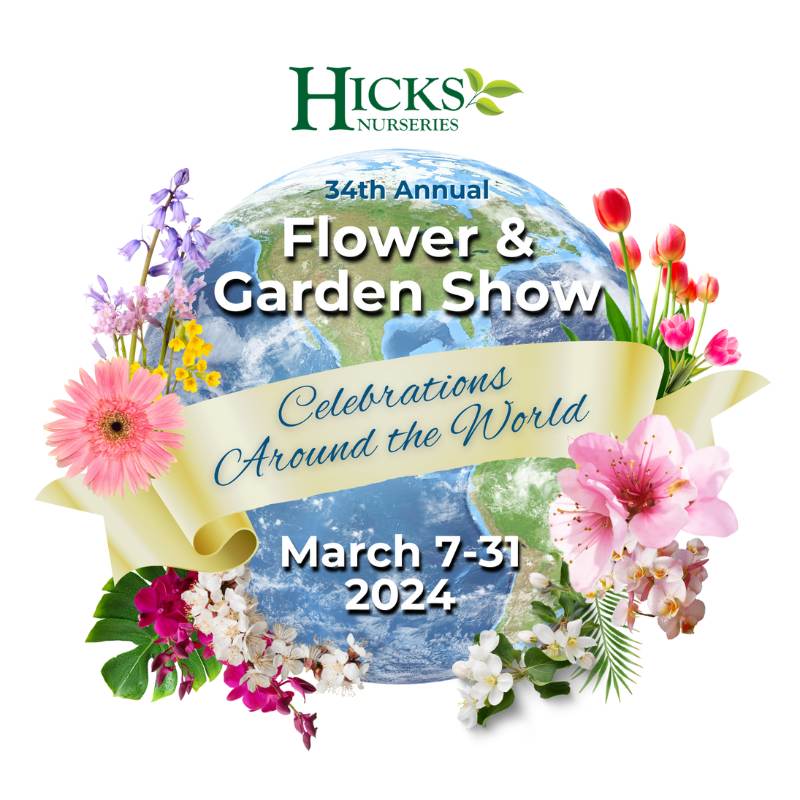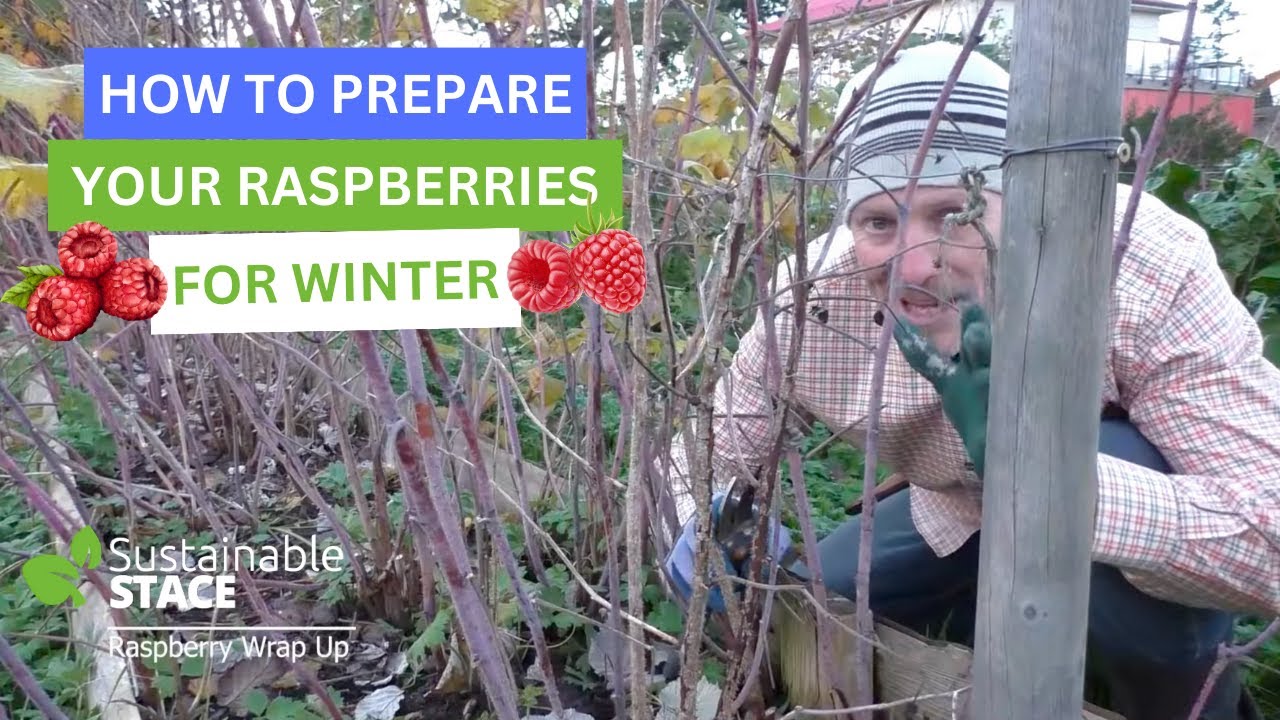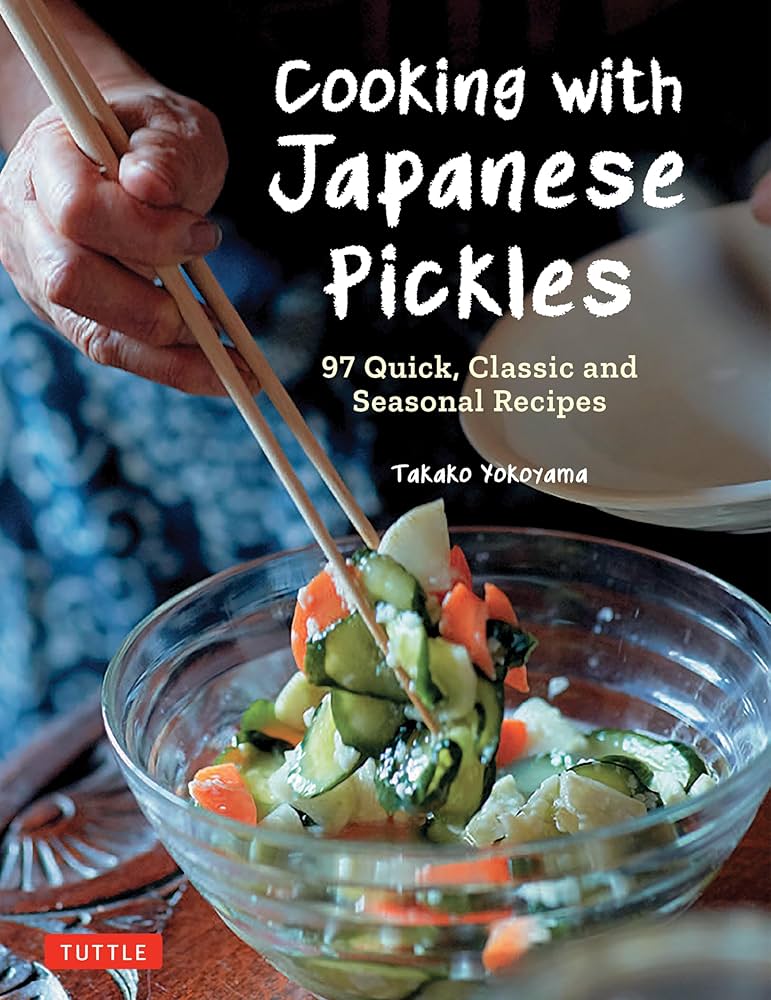
Celebrate the Bounty: The Best Tricks for Perfect Pickling Cucumbers
As the gardening season gradually comes to a close, there’s one vegetable turning heads in every gardening enthusiast’s patch: the cucumber. For those who relish the art of pickling, this is an especially spectacular time of year. However, not all cucumbers are created equal, and understanding the subtleties between varieties can make or break your pickling game.
 Discover the finest cucumbers for your favorite pickling recipes.
Discover the finest cucumbers for your favorite pickling recipes.
The Pickling Cucumber Breakdown
Throughout my early home gardening adventures, I made the rookie mistake of assuming any cucumber harvested from my garden would do the trick in the brine. This misunderstanding led to a batch of disappointing pickles, complete with tough skins and mushy interiors. The revelation? Specific cucumber varieties are tailored for pickling, and knowing which ones to plant can drastically influence the outcome of your preserves.
When it comes to growing the best cucumbers for pickling, the Kirby cucumber stands out as a favorite among both amateur and seasoned picklers. Known for their bumpy skins and tight structure, these small to medium cucumbers hold up exceptionally well during the fermentation process. They not only manage to absorb the vibrant flavors of brine but also showcase a satisfying crunch that many pickle aficionados adore.
The Importance of Timing: Picking Your Cucumbers
Timing and selection are pivotal. For the best pickles, harvest your cucumbers while they are still young and firm, ideally when they reach about 3-6 inches in length. Leaving them too long can result in overripe cucumbers, which tend to have seeds that disrupt the desired texture.
In addition to Kirby cucumbers, varieties such as Lebanese cucumbers and Persian cucumbers also deserve a spot in your pickling repertoire. Both are thin-skinned and flavorful, allowing for exciting variations in taste.
“The best pickles come from fresh, crisp cucumbers,” says seasoned gardener and pickler Chris Page. “It’s essential to use cucumbers that are harvested at just the right time.”
Flowers and Flavor: The Role of Floral Events in Horticulture
In addition to cucumber picking, local flower shows celebrate the efforts of home gardeners, showcasing a vibrant array of flora and produce. Events like the Autumn Show held by the Hampstead Garden Suburb Horticultural Society, serve not only to exhibit the beauty of seasonal blooms but also highlight the craftsmanship involved in a variety of culinary practices, including pickling.
During these community showcases, you can appreciate everything from the most colorful dahlias to unique homemade piccalilli jars, an exciting intersection of horticulture and the culinary arts.
 Local flower shows bring vibrant community spirit amidst the bounty of nature.
Local flower shows bring vibrant community spirit amidst the bounty of nature.
Fine-Tuning Your Pickling Process
Once you’ve selected your cucumbers and braved the local flower show for inspiration, it’s time to delve into the art of pickling. A successful pickling process hinges on the balance of ingredients: crisp cucumbers, strong brine, and complementary spices.
Most delicious pickling recipes will require:
- Vinegar: Essential for the preservation and flavor profile.
- Salt: Helps to enhance the flavor while preventing spoilage.
- Sugar: Used in sweet pickles, balancing the acidity.
- Spices: From dill to mustard seeds, the right spices transform a basic pickle into something extraordinary.
Another critical factor is cleanliness. Ensuring all containers and utensils are sterilized prevents unwanted bacteria and ensures your pickles remain safe to eat.
Experimenting with Flavors
Don’t shy away from experimenting! Adding garlic, fresh herbs, or even chili can create unique culinary experiences. Think about the additional flavors you enjoy in your meals and let that inform your pickling experiments.
With experience, you can transform simple cucumber slices into gourmet sensations laden with layers of flavor that invigorate any dish.
Seasonal Duties: Preparing for Winter
As we turn towards winter, gardening duties don’t completely fade. Make sure to dig up any leftover potatoes before critters take notice, as they remain edible even during late fall. Planting spring bulbs now is vital; they need to be in the ground before the frost settles. Squirrels might be mischievous in stealing your ornamental treasures, so protective measures such as fencing or netting may be necessary.
 Winter preparations ensure a fruitful spring harvest.
Winter preparations ensure a fruitful spring harvest.
Final Points on Pruning and Preparing
As our gardening year comes to an end, remember to care for your tools and spaces. Pruning perennials and clearing garden debris helps ensure a healthier garden come spring. Perhaps most importantly, engage in the community around you - whether at a local flower show or gardening club, collaboration and sharing tips can enhance your gardening experience.
Cultivating a love for pickling along with your gardening habit opens up a world of flavor and preservation. Together, let’s preserve the bountiful crops of summer while cultivating a community that celebrates the beauty of homegrown produce. Happy pickling!














